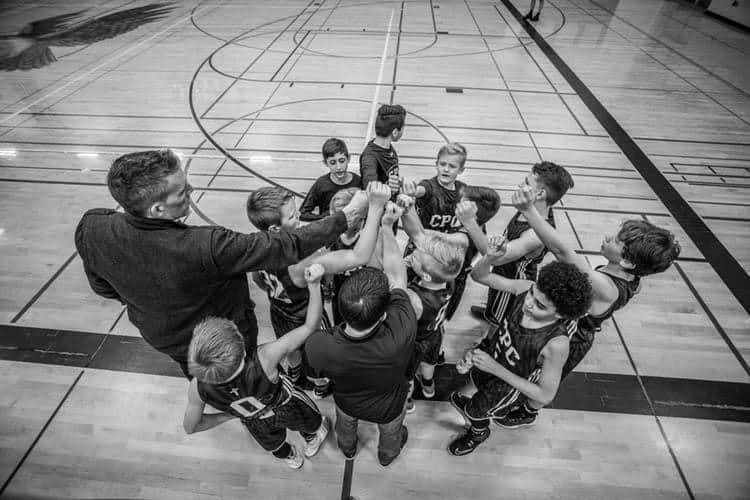Many aspects of our society influence the definition of masculinity. In this third part of our series on Messages on Masculinity, we will examine how schools shape ideas about masculinity through educators and coaches, as presented in the documentary The Mask You Live In.
According to sociologist and educator Dr. Pedro Noguera, “In most schools we start with humiliation as a way to punish kids, write their name on the board, put them in the back of the room, send them out. We rarely stop and ask what’s behind the behavior problem, why are they acting out? Denying those kids learning time actually has the effect of pushing them right out of school.”
From first grade to the time they reach middle school, most boys learn that being smart is not cool or masculine. Educator and youth advocate Dr. Joseph Marshall states, “In those five years the academic pilot light has started to go out because they have decided that school is not the place for them. The number one predictor of student achievement, is the expectations of the staff…”
The following statistics are presented in the documentary The Mask You Live In.
-
Compared to girls, boys are more likely to flunk or drop out of school.
-
Boys are twice as likely to be in special education, and three times more likely to be diagnosed with ADHD.
-
Boys are twice as likely to be suspended, and four times more likely to be expelled.
Former NFL Player & Coach Joe Ehrman says, “I think the great myth in America is that sports builds character. Sports do not build character unless a coach intentionally teaches and models it.”
A coach is in a position of power and has a remarkable influence on masculine expectations for young boys that are seeking approval.
Educator and Activist Tony Porter describes his conversation with a 12 year old football player, “What if coach told you that you were playing like a girl in front of the rest of the players? The boy told me it would destroy him. If it would destroy him to be told he is playing like a girl, what are we teaching this boy about girls?”
Stay tuned for Part 4, when we explore how the definition of masculinity shapes ideas about relationships and coping for boys.
Dustin Ellis, CIT

